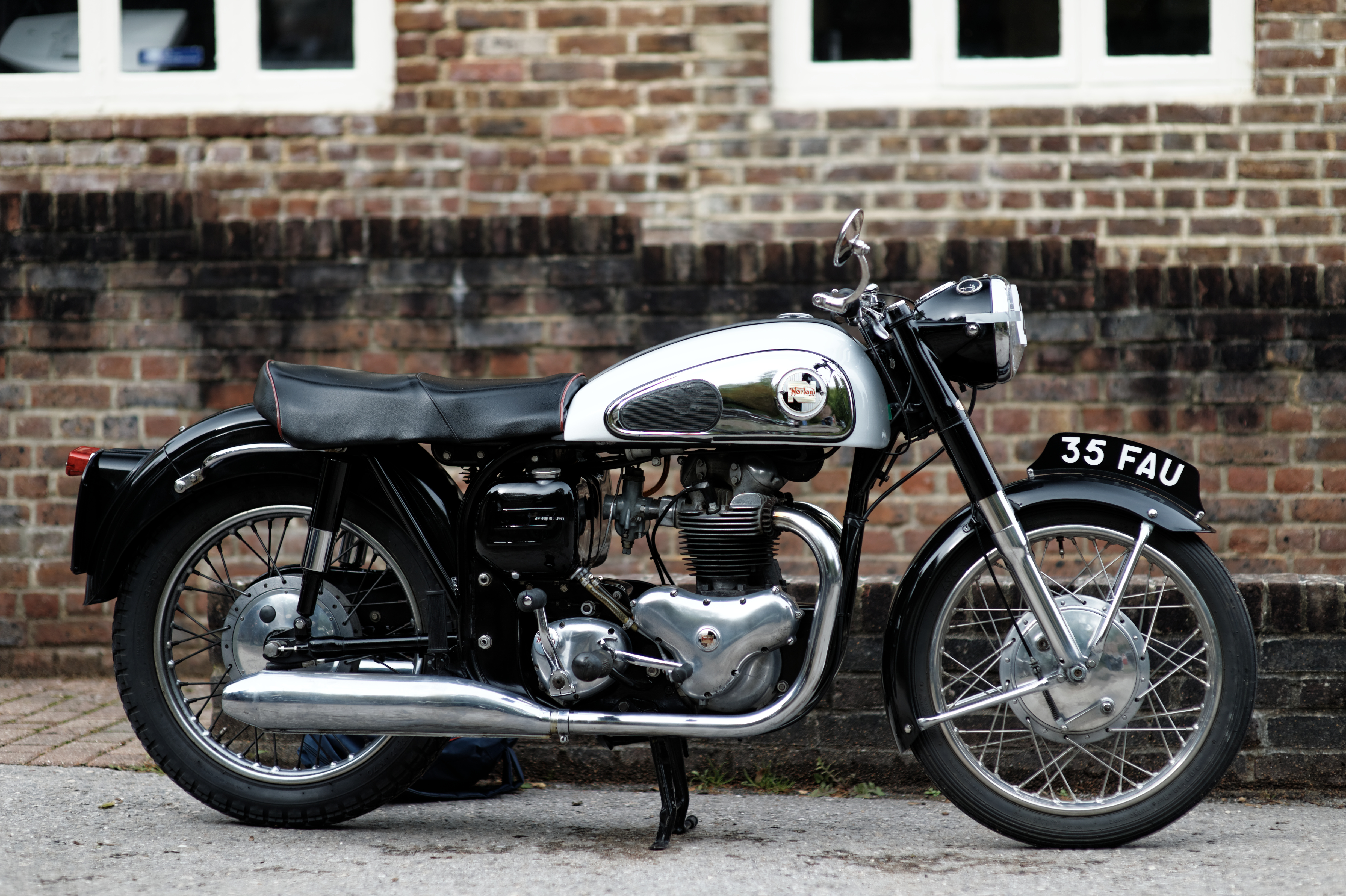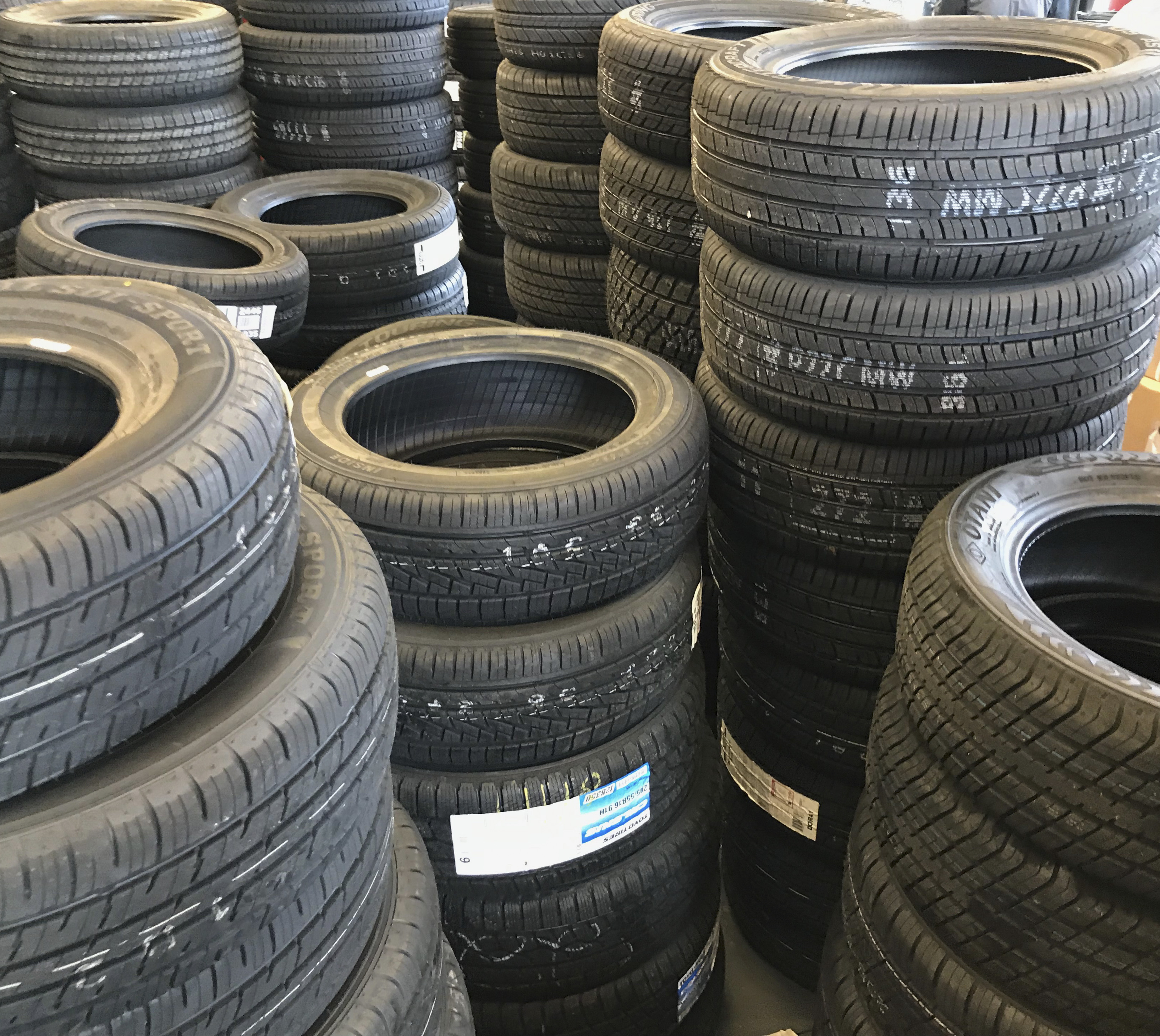|
Millet Motorcycle
The Millet motorcycle, designed in 1892 by Félix Théodore Millet, may have been the first motorcycle (or motorized bicycle) to use pneumatic tires. It had an unusual radial-configuration rotary engine incorporated into the rear wheel, believed to be the first one ever used to power a person-carrying vehicle of any type. Production history A prototype with rear-wheel rotary engine ran in 1892. Production rights were acquired by Alexandre Darracq in 1894. Production halted following an unsuccessful entry in the Paris–Bordeaux–Paris race of 1895. Technology The five cylinders were mounted radially in the rear wheel, with the connecting rods directly attached to the fixed crank of the hollow-drilled rear axle. The rear fender served as a fuel tank; a surface carburetor and air filter were located between the wheels. Dinglers Polytechnisches Journal. Bd. 299 (1896), p. 178, Reprint: Ignition was electric via combination Bunsen cell and induction coil. Millet used a rotating h ... [...More Info...] [...Related Items...] OR: [Wikipedia] [Google] [Baidu] |
Alexandre Darracq
Alexandre Darracq (10 November 1855 – 1931) was a French investor, engineer, cycle manufacturer and automobile manufacturer. By 1904, Darracq was producing more than ten percent of all automobiles in France and he sold a substantial part of his business to British investors. He became fascinated by the possibilities of a rotary valve engine, put it into production and although it became a disaster for Darracq & Cie, persisted in installing it in Darracq products. He was obliged to retire in June 1912 aged 56. After the Armistice his name was dropped from his Suresnes factory's mass-produced products. In 1906 he founded Società Anonima Italiana Darracq (S.A.I.D.) in Milan, Italy, which became ocietàAnonima Lombarda Fabbrica Automobili (A.L.F.A.) in 1910 and eventually Alfa Romeo. Sewing machines and cycles Born Pierre Alexandre Darracq in Bordeaux, France, of Basque parents, he trained as a draftsman at the Arsenal in Tarbes, in the Hautes-Pyrénées département. He later ... [...More Info...] [...Related Items...] OR: [Wikipedia] [Google] [Baidu] |
Rotary Engine
The rotary engine is an early type of internal combustion engine, usually designed with an odd number of cylinders per row in a radial configuration. The engine's crankshaft remained stationary in operation, while the entire crankcase and its attached cylinders rotated around it as a unit. Its main application was in aviation, although it also saw use in a few early motorcycles and automobiles. This type of engine was widely used as an alternative to conventional inline engines (straight or V) during World War I and the years immediately preceding that conflict. It has been described as "a very efficient solution to the problems of power output, weight, and reliability". By the early 1920s, the inherent limitations of this type of engine had rendered it obsolete. Description Distinction between "rotary" and "radial" engines A rotary engine is essentially a standard Otto cycle engine, with cylinders arranged radially around a central crankshaft just like a conventional radi ... [...More Info...] [...Related Items...] OR: [Wikipedia] [Google] [Baidu] |
Motorcycle
A motorcycle (motorbike, bike; uni (if one-wheeled); trike (if three-wheeled); quad (if four-wheeled)) is a lightweight private 1-to-2 passenger personal motor vehicle Steering, steered by a Motorcycle handlebar, handlebar from a saddle-style seat. Motorcycle designs vary greatly to suit a range of different purposes: Long-distance motorcycle riding, long-distance travel, Motorcycle commuting, commuting, cruising (driving), cruising, Motorcycle sport, sport (including Motorcycle racing, racing), and Off-roading, off-road riding. Motorcycling is riding a motorcycle and being involved in other related social activities such as joining a motorcycle club and attending motorcycle rally, motorcycle rallies. The 1885 Daimler Reitwagen made by Gottlieb Daimler and Wilhelm Maybach in Germany was the first internal combustion, petroleum-fueled motorcycle. In 1894, Hildebrand & Wolfmüller became the first series production motorcycle. Globally, motorcycles are comparable numerically t ... [...More Info...] [...Related Items...] OR: [Wikipedia] [Google] [Baidu] |
Motorized Bicycle
A motorized bicycle is a bicycle with an motor or engine and transmission used either to power the vehicle unassisted, or to assist with pedalling. Since it sometimes retains both pedals and a discrete connected drive for rider-powered propulsion, the motorized bicycle is in technical terms a true bicycle, albeit a power-assisted one. Typically they are incapable of speeds above ; however, in recent years larger motors have been built, allowing bikes to reach speeds of upwards of 113 km/h (70 mph). Powered by a variety of engine types and designs, the motorized bicycle formed the prototype for what would later become the motor driven cycle. Terminology The term motorized bicycle refers to just a bicycle combining Bicycle, pedal power and internal combustion engine power. However, the term could be used as an umbrella category to refer to bicycles using sources besides pedal power. Electric bicycles technically could be in the category of motorized bicycles but instead of usi ... [...More Info...] [...Related Items...] OR: [Wikipedia] [Google] [Baidu] |
Pneumatic Tires
A tire (North American English) or tyre (Commonwealth English) is a ring-shaped component that surrounds a wheel's rim to transfer a vehicle's load from the axle through the wheel to the ground and to provide traction on the surface over which the wheel travels. Most tires, such as those for automobiles and bicycles, are pneumatically inflated structures, providing a flexible cushion that absorbs shock as the tire rolls over rough features on the surface. Tires provide a footprint, called a contact patch, designed to match the vehicle's weight and the bearing on the surface that it rolls over by exerting a pressure that will avoid deforming the surface. The materials of modern pneumatic tires are synthetic rubber, natural rubber, fabric, and wire, along with carbon black and other chemical compounds. They consist of a tread and a body. The tread provides traction while the body provides containment for a quantity of compressed air. Before rubber was developed, tires were ... [...More Info...] [...Related Items...] OR: [Wikipedia] [Google] [Baidu] |
Paris–Bordeaux–Paris
The Paris–Bordeaux–Paris Trail race of June 1895 is sometimes called the "first motor race", although it did not fit modern competition where the fastest is the winner. It was a win for Émile Levassor, who came first after completing the 1,178km race in 48 hours, almost six hours before second place. However, the official winner was Paul Koechlin, who finished third in his Peugeot, exactly 11 hours slower than Levassor, but the official race regulations had been established for four-seater cars, while Levassor and runner-up Louis Rigoulot were driving two-seater cars. First race Paris–Bordeaux–Paris is sometimes called the first motorcar race in history or the "first motor race". The 1894 Paris–Rouen had been run over public roads as a contest (''concours'') not a race, and the fastest finisher, a steam-powered vehicle, was judged ineligible for the main prize. Émile Levassor finished first in the 1,178 km Paris–Bordeaux–Paris race, taking 48 hours and 48 ... [...More Info...] [...Related Items...] OR: [Wikipedia] [Google] [Baidu] |
Surface Carburetor
A carburetor (also spelled carburettor or carburetter) is a device used by a gasoline internal combustion engine to control and mix air and fuel entering the engine. The primary method of adding fuel to the intake air is through the Venturi effect or Bernoulli's principle or with a Pitot tube in the main metering circuit, though various other components are also used to provide extra fuel or air in specific circumstances. Since the 1990s, carburetors have been largely replaced by fuel injection for cars and trucks, but carburetors are still used by some small engines (e.g. lawnmowers, generators, and concrete mixers) and motorcycles. In addition, they are still widely used on piston-engine–driven aircraft. Diesel engines have always used fuel injection instead of carburetors, as the compression-based combustion of diesel requires the greater precision and pressure of fuel injection. Etymology The term ''carburetor'' is derived from the verb ''carburet'', which means "to ... [...More Info...] [...Related Items...] OR: [Wikipedia] [Google] [Baidu] |
Bunsen Cell
The Bunsen cell is a zinc-carbon primary cell (colloquially called a "battery") composed of a zinc anode in dilute sulfuric acid separated by a porous pot from a carbon cathode in Nitric acid, nitric or chromic acid. Cell details The Bunsen cell generates about 1.9 volts which arises from the following reaction: : Zn + H2SO4 + 2 HNO3 ZnSO4 + 2 H2O + 2 NO2(g) According to the reaction above, when 1 mole (unit), mole (or part) each of zinc and sulfuric acid react with 2 moles (or parts) of nitric acid, the resultant products formed are, 1 mole (or part) of zinc sulfate and 2 moles (or parts) each of water and nitrogen dioxide (gaseous, in the form of bubbles). The cell is named after its inventor, German chemist Robert Wilhelm Bunsen, who improved upon the Grove cell by replacing William Robert Grove, Grove's expensive platinum cathode with carbon in the form of pulverized coal and coke (fuel), coke. Like Grove's battery, Bunsen's emitted noxious fumes of nitrogen dioxide. Bu ... [...More Info...] [...Related Items...] OR: [Wikipedia] [Google] [Baidu] |
Induction Coil
An induction coil or "spark coil" ( archaically known as an inductorium or Ruhmkorff coil after Heinrich Rühmkorff) is a type of transformer used to produce high-voltage pulses from a low-voltage direct current (DC) supply. p.98 To create the flux changes necessary to induce voltage in the secondary coil, the direct current in the primary coil is repeatedly interrupted by a vibrating mechanical contact called an interrupter. Invented in 1836 by the Irish-Catholic priest Nicholas Callan, also independently by American inventor Charles Grafton Page, the induction coil was the first type of transformer. It was widely used in x-ray machines, spark-gap radio transmitters, arc lighting and quack medical electrotherapy devices from the 1880s to the 1920s. Today its only common use is as the ignition coils in internal combustion engines and in physics education to demonstrate induction. Construction and function An induction coil consists of two coils of insulated wire wo ... [...More Info...] [...Related Items...] OR: [Wikipedia] [Google] [Baidu] |
Twistgrip
A twistgrip is a handle that can be twisted to operate a control. It is commonly found as a motorcycle's right handlebar grip to control the throttle, but is sometimes found elsewhere, such as on a bicycle as a gearshift, and in helicopters. History The first use of the twist grip throttle control was on the Roper steam velocipede of 1867-69. Rather than a sleeve that rotated around the handlebar, Sylvester H. Roper's steam motorcycle's entire handlebar rotated, with a dual mode operation. When rotated forward it opened the throttle, and when rotated backwards it applied the spoon brake. '' Motorcycle Consumer News'' design columnist Glynn Kerr said that pioneering this technology was a point in favor of the Roper's precedence as the first motorcycle, in response to '' Cycle World'' Technical Editor Kevin Cameron's position that the 1885 Daimler ''Reitwagen'' was more deserving because it used the more successful technology, internal combustion rather than steam. The de ... [...More Info...] [...Related Items...] OR: [Wikipedia] [Google] [Baidu] |
List Of Motorcycles Of The 1890s
List of motorcycles of the 1890s aka ''motorrad'' (DE) sometimes ''motor cycle'' or ''moto cycle'' Motorcycle *Hildebrand & Wolfmüller *Geneva steam bicycle *Marks motorcycle (1896–1901) * Millet motorcycle *Pennington motor bicycle *Roper 1896 steamer bike (see also Roper steam velocipedes) *Werner Motors 1897 model(motor over front wheel) * Excelsior Motor Company (UK) 1896 Crystal Palace motorcycle with Minerva *Perks & Birch Motor-wheel (1899–1904) Tricycle *Ariel tricycle (1898) *Benz Patent-Motorwagen (1885–1893) * Léon Bollée Voiturette * De Dion-Bouton tricycle (produced 1897 to 1904) * Long steam tricycle *Indian Tri-Car (1907) * Motrice Pia * Orient tricycle *Pennington Autocar (1896) *Clark gasoline tricycle (1897) Quadricycle See also * History of steam road vehicles * History of the motorcycle *List of motorcycles by type of engine * List of motorcycles of 1900 to 1909 * List of motorcycles of the 1910s * List of motorcycles of the 1920s * List of ... [...More Info...] [...Related Items...] OR: [Wikipedia] [Google] [Baidu] |






